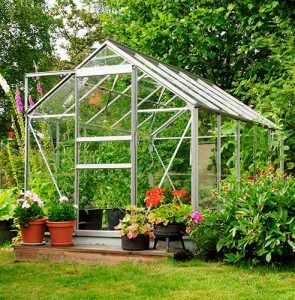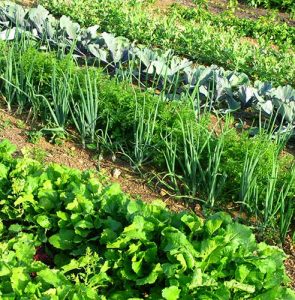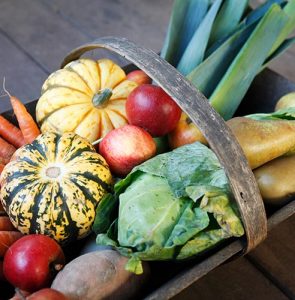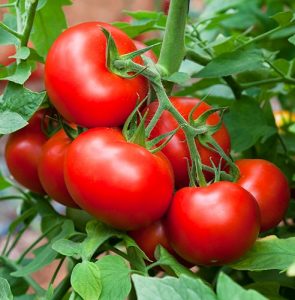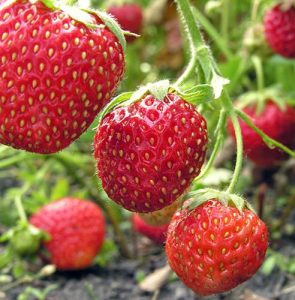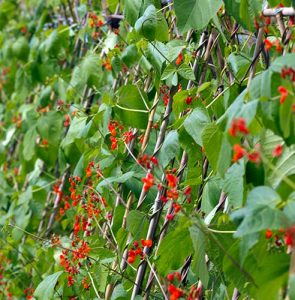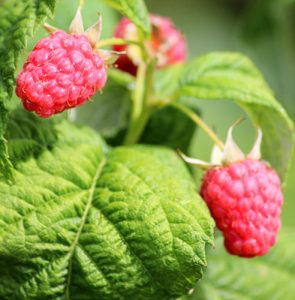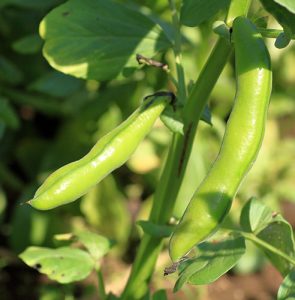-
If there are particular trees, shrubs, climbers, fruit bushes or roses that you love in your garden and you’re looking to grow more, the easiest way to do this is to take hardwood cuttings. Propagating is especially useful when you need a large number of the same plant – hedges are a perfect example of how hardwood cuttings are used...
-
If you’re planning to put together a new garden and want to be able to grow pretty much anything, then a good greenhouse should definitely be on your list of things to buy. A greenhouse allows you to create an atmosphere far hotter and more humid than your actual climate will allow.
-
A nice flowerbed remains one of the most enjoyable ways to add real colour, height and scents to your garden. Popular since Victorian times, bedding plants are ideal for relative beginners because they offer the chance for results without too much difficulty. Not only that, but you’ll see the impact almost immediately without having to invest a great deal of...
-
Hanging baskets and hanging pots are an instant way to beautify your house, fences or trellis, giving your garden more personality and character. During the summer, hanging baskets can really lighten up even the dullest porch or doorway, making a wonderful first impression for visitors to your home. From seasonal bedding plants and dwarf bulbs to herbs to low growing...
-
If you’re looking to keep your veg intake as organic as possible as well as save some money on your weekly shop, then setting up a vegetable patch is the answer – especially for those who love spending time outside. Here’s our guide on how to put together the perfect vegetable patch.
-
Harvesting your own fruit and vegetables is probably the most rewarding part of growing your own and once tasted, you will be hooked on producing more. Below are a few tips for harvesting your produce so that you get the most out of it and ensure the maximum yield from your crops.
-
There is nothing like the taste of homegrown tomatoes, and they are fairly simple to grow and look after. Tomatoes really like warmth, so it’s best to sow them indoors between February and April. If you’re planning to grow outdoors, plants should be hardened off first, by moving them outside for prolonged periods of time on a gradual basis.
-
Strawberries are one of the easiest fruits to grow at home, whatever the space available to you. Whether you have a greenhouse, vegetable patch, hanging basket, pots on the patio or even a simple window box, strawberries are incredibly versatile and rewarding to grow. Experience the quintessential taste of summer in your own garden with our step-by-step guide.
-
Choose a sheltered, sunny site and ground that has had manure added during the winter or just before planting the beans out. A sheltered site will attract more bees to pollinate the flowers, leading to more beans. Sow your Runner Beans between April and June for the best results.
-
Raspberry crops prefer well drained, fertile, slightly acidic soils, which retain moisture well and are weed-free. They dislike soggy or shallow, chalky soils. For best results, plant in a sheltered, sunny spot. Raspberries will tolerate some shade but crop yield may be smaller, the more sun the better! If you’ve gone with summer fruiting raspberries, then they’ll need support through...
-
French beans are not frost hardy and should not be sown or planted until risk of frost has passed. Choose ground that has had manure added during the winter or dig in well-rotted compost or farmyard manure before planting. French beans do best in a sheltered site where they are not rocked around by strong winds. Seeds should be sown...
-
Broad beans are easy to grow and an incredibly versatile addition to your kitchen. Choose a sheltered spot and ideally, soil which has had manure or compost added in winter. Broad beans are not as fussy as Runner beans and can be grown in any soil that is in good condition.



